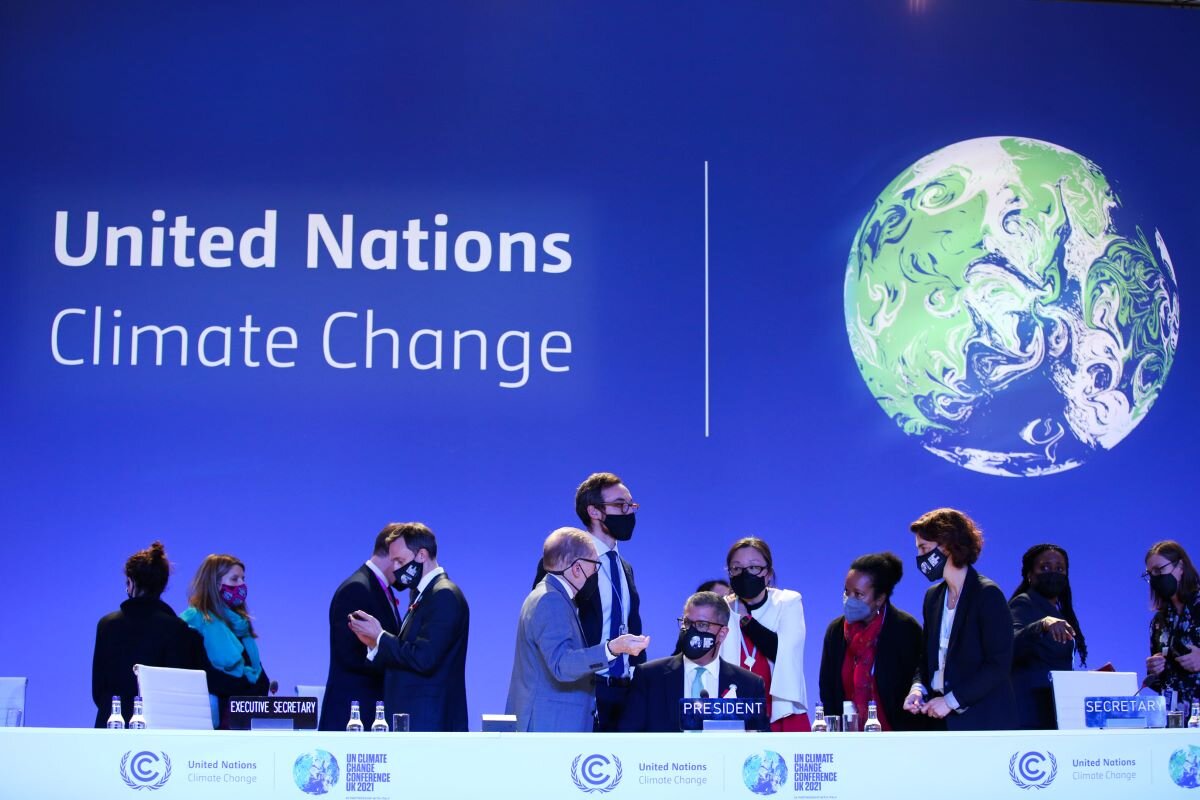At COP27, Parties will agree on the details of a “work programme to urgently scale up mitigation ambition and implementation in this critical decade”. This will be a crucial piece of the global governance structures for closing the emissions gap in the 2020s to keep 1.5˚C in reach.
The COP26 Glasgow Climate Pact acknowledges that limiting warming to 1.5˚C requires a 45% reduction in global CO2 emissions by 2030 relative to 2010 levels.
The Pact also establishes a suite of complementary measures for further scrutiny of progress and dialogue to close the 1.5˚C emissions gap. This includes a request for Parties to revisit and strengthen 2030 targets in nationally determined contributions (NDCs); annual high-level ministerial roundtables on pre-2030 ambition; annual NDC synthesis reports; a synthesis report on long-term strategies (LTS) by COP27; and an invitation for the UNSG “to convene world leaders in 2023 to consider ambition to 2030”.
The role of the work programme alongside these processes needs to be defined. Of particular importance will be its relationship to the Global Stocktake (GST), the existing 5-yearly cycle for assessing progress and ratcheting up ambition. The GST is not itself sufficient for addressing the ambition gap this decade as it primarily influences target-setting for 2035 NDCs. In contrast, the work programme will be crucial for the 1.5˚C emissions gap as it can influence policy decisions in the 2020s, as a complementary process aimed at informing the GST.
This briefing outlines potential components of this COP27 work programme, a timeline for its negotiation, and how it can interact with other governance structures and processes within the UNFCCC.



